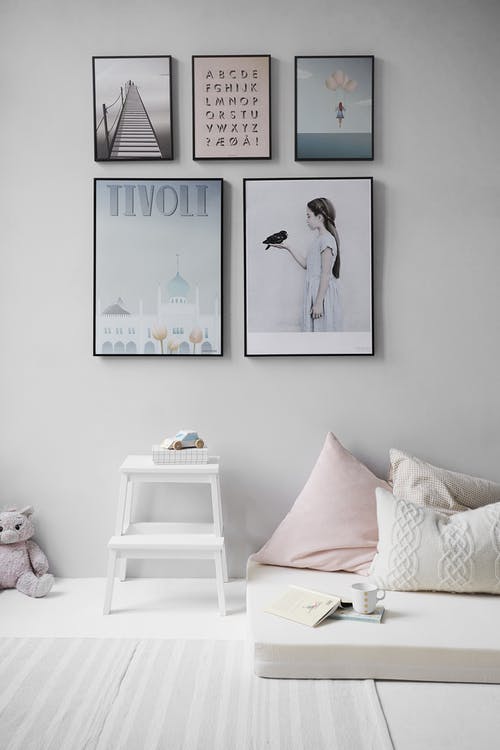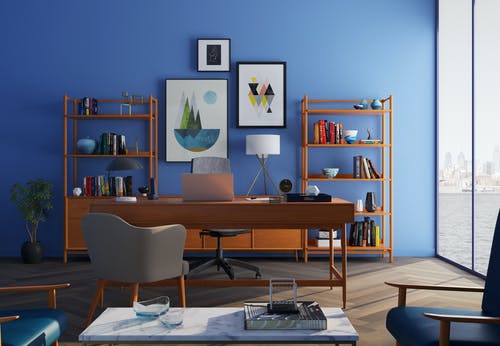Interior design refers to the art and science of decorating, arranging, and building interior spaces in a way that balances its functionality, appearance, and atmosphere according to the priorities of the client and within the constraints placed by them. Professional interior designers plan, coordinate, and collaborate with architects and other construction professionals to create places which are pleasant and healthier to be in while being sustainable ecologically as well as financially. Most of our lives are spent indoors. Therefore, naturally the indoor environment has a substantial impact on our mental and physical health. While our physical health is affected by more tangible properties of the interior such as arrangement, accessibility, and layout, our mental health is affected by more abstract qualities which are mostly associated with interior design. Hence, this article describes the impact of interior design on mental health through several components of interior design.

Atmosphere
The atmosphere of a room generally refers to the feelings it evokes in the occupants. This can be manipulated through the use of decorative elements such as paintings, picture frames large ,mosaics, wall paint styles etc. and interior design principles to create various feelings within the occupants’ minds. Naturally, this can influence a person’s mood. While the atmosphere of a room has little impact on the overall mental health in isolation, constant exposure to a specific emotion or mood can certainly affect it.
Lighting
Humans have a positive reaction to natural sunlight. We feel more energised and active with it falling on our skin. Interior designs which emphasise natural light can therefore have a room feel more energetic and inspiring to its occupants. This can be achieved by using design elements such as glass doors, wider windows, skylights, courtyards etc. Additionally, lack of exposure to sunlight for extended periods is known to have negative effects on mental health. Research continually show that exclusively using artificial light in interior spaces is detrimental to health, quality of sleep, and quality of life.

Plants and Environment
Certain interior designs make heavy use of natural elements such as plants. The presence of a plant or similar room décor elevates the mood and induces a calming ambience to the room. Plants and flowers are also natural air filters, which has an impact on physical health as well, in addition to providing their natural fragrance to the atmosphere of the room. Flowers and plants add to the aesthetic beauty of the interior while elevating the moods of the occupants. Caring for a houseplant is also a common treatment for alleviating the symptoms of depression and anxiety, although this is not a universal treatment and may vary depending on the person.
Colour
One of the primary tools of interior design is the colour used for walls, floors, ceilings etc. Colour can make a massive difference in how a room is perceived, and it has additional effects on human emotions. For interior design, lighter colours are commonly used as they enhance the spaciousness of a room and makes it appear bigger.





